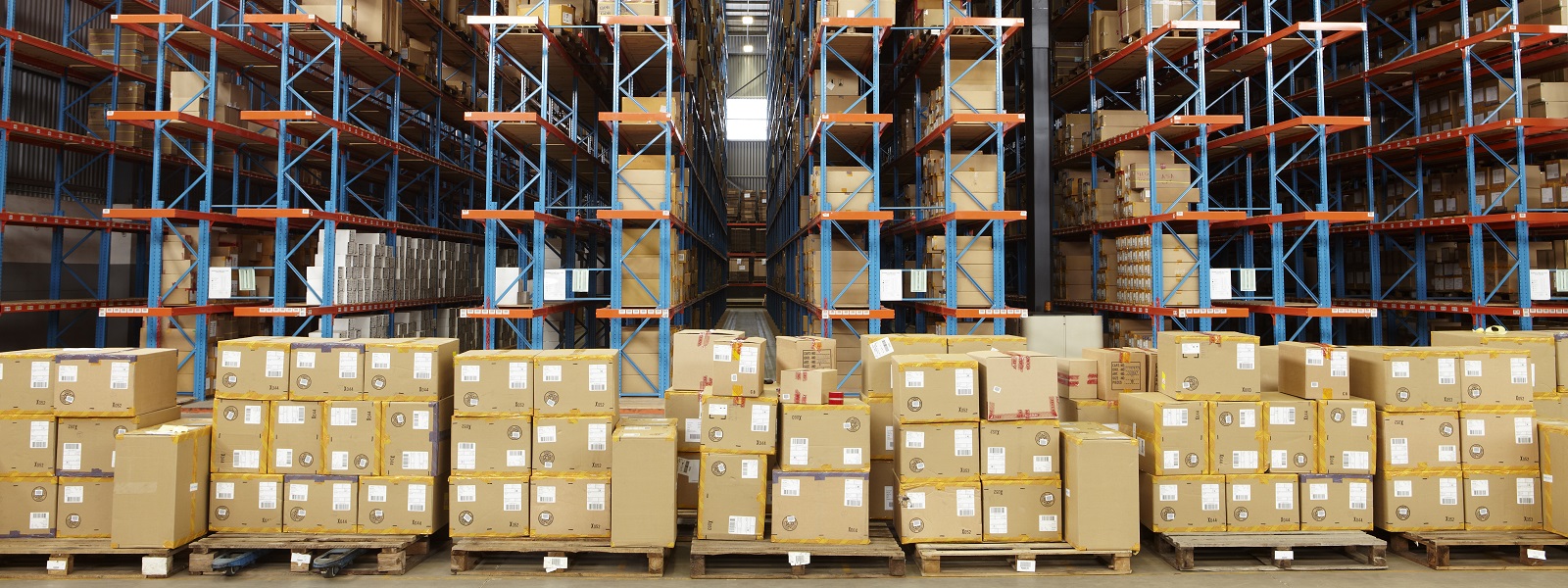Global dealmakers had a lot to contend with in the second quarter of this year. A still-gloomy economic outlook and ongoing geopolitical tensions, combined with a shock banking crisis in the spring, meant there were plenty of opposing factors facing M&A transactions.
Dealmaking figures reflect these challenging market conditions. A total of 17,294 deals valued at a combined US$1.3 trillion were announced during the first half of the year—a huge drop from the US$2.2 trillion spent throughout H1 2022.
Deal volume slowed as the year progressed, with a total of 7,996 deals announced in Q2, to the lowest quarterly volume since 2020. Deal value, meanwhile, marginally increased to US$753.8 billion, offering a ray of hope for dealmakers.
The largest deal of the year so far—Pfizer’s US$43 billion acquisition of cancer drugmaker Seagen—was announced in the first quarter. Following the widespread success of its COVID-19 vaccine, the pharmaceutical giant was able to use its strong balance sheet to finance the deal.
Mining giants deliver megadeals
While overall deal activity has been on the decline, global dealmakers appear to have kept faith in big-ticket transactions. A total of 23 megadeals (those valued in excess of US$5 billion) changed hands in the second quarter alone—up from Q1’s figure of 16—despite the acute challenges facing dealmakers.
The largest deal of the second quarter was Swiss commodities group Glencore’s US$23 billion hostile bid to acquire Canadian mining company Teck Resources in its entirety, which the latter rebuffed while leaving open the possibility for further talks. In June, the Swiss miner confirmed it had submitted a new proposal to acquire only Teck’s metallurgical coal business, for an undisclosed amount.
Should the deal go through, Glencore intends to spin out a new company by combining its own coal business with that of Teck, creating one of the largest coal mining companies in the world, which would list on the New York Stock Exchange. The commodities giant would exit its high-carbon coal business, leaving it to focus on its metals mining capabilities—an area set to profit from global decarbonization efforts.
Another deal involving the combination of two mining behemoths saw US company Newmont enter into a binding scheme implementation deed to acquire 100% of the issued share capital in Australian rival Newcrest Mining, which would be the largest acquisition in the gold mining industry to date. Contrary to Glencore’s hotly debated bid for Teck Resources, the deal has been unanimously approved by Newcrest’s board.
The acquisition will substantially increase Newmont’s exposure to copper, a mineral critical to the energy transition. This current drive among mining companies to boost exposure to climate-friendly minerals is sparking a deal frenzy.
As a consequence of this wave of consolidation, the energy, mining and utilities sector delivered the highest deal value across all industries in H1: US$254.6 billion spent across 1,266 deals.
PE firms dominate TMT dealmaking scene
While the energy, mining and utilities industry was responsible for the highest-profile deals, technology, media and telecommunications—consistently the most active sector globally—continued to generate the highest number of deals. A total of 4,382 TMT assets changed hands within the sector during the first half of 2023.
This deal figure marks a substantial drop from the 6,448 deals recorded in H1 2022, reflecting strong market headwinds. Notably, the three largest TMT deals announced so far involve private equity players, as corporates shy away from the top end of the market.
Buyout firms have been seeking turnaround opportunities in underperforming businesses across the sector. One such example, and the largest PE deal of the year so far, is Japan Industrial Partners’ proposed US$15.2 billion buyout of Japanese blue-chip conglomerate Toshiba, which would see the firm delist from the Tokyo Stock Exchange.
Another PE deal reflecting ongoing market trends is Nasdaq’s purchase of US financial risk software firm Adenza from US PE firm Thoma Bravo. The deal, valued at US$10.7 billion, will see the US exchange operator bulking up its data and risk management products. It marks a growing trend of exchange operators expanding their data capabilities through M&A, with rival exchanges London Stock Exchange Group and Intercontinental Exchange also recently acquiring data and software firms.
Race for clean energy drives deals
The ongoing push to deliver climate-friendly solutions to customers continues to generate deals. In March, Canadian investor Brookfield Asset Management announced the acquisition of Australian electricity and natural gas retailer Origin Energy as it looks to buy into the country’s energy transition.
While Australia’s decarbonization efforts have been moving more slowly than those in the US and Europe, the government recently set ambitious clean energy targets to fast-track the energy transition. The Climate Change Act of 2022 has doubled Australia’s target for emissions reductions by 2030, with the aim of reaching net zero emissions by 2050.
The US and Europe are also on a drive to boost clean investment, with the US Inflation Reduction Act and the EU’s Net Zero Industry Act committing hundreds of billions of dollars to clean energy investments. These ambitious targets look set to boost further dealmaking in the sector.
Aside from private investors, corporates are also using M&A to pivot their services away from carbon-intensive fuel sources. In May, US energy supermajor Chevron agreed to acquire oil and natural gas producer PDC Energy for US$7.6 billion. The deal aligns with Chevron’s aim to reduce its carbon footprint, with the carbon intensity of PDC’s portfolio an estimated 60% below Chevron’s 2028 upstream targets.
The race for clean energy spans a wide range of sectors, with industrial assets also hotly targeted. Carrier Global’s US$13.2 billion purchase of Viessmann Climate Solutions is a prime example of M&A being used as a tool to boost carbon-friendly capabilities.
The uncertain macroeconomic conditions make the next six months of dealmaking difficult to forecast. While an increasing number of megadeals in Q2 can be taken as a positive sign, dealmakers will need to become more creative with their M&A plans amid elevated interest rates. Carve-outs and spin-offs will continue to be high on the agenda, while PE firms will pursue further turnaround opportunities, with the hopes that 2023 will prove a good vintage for investments in the long term.





